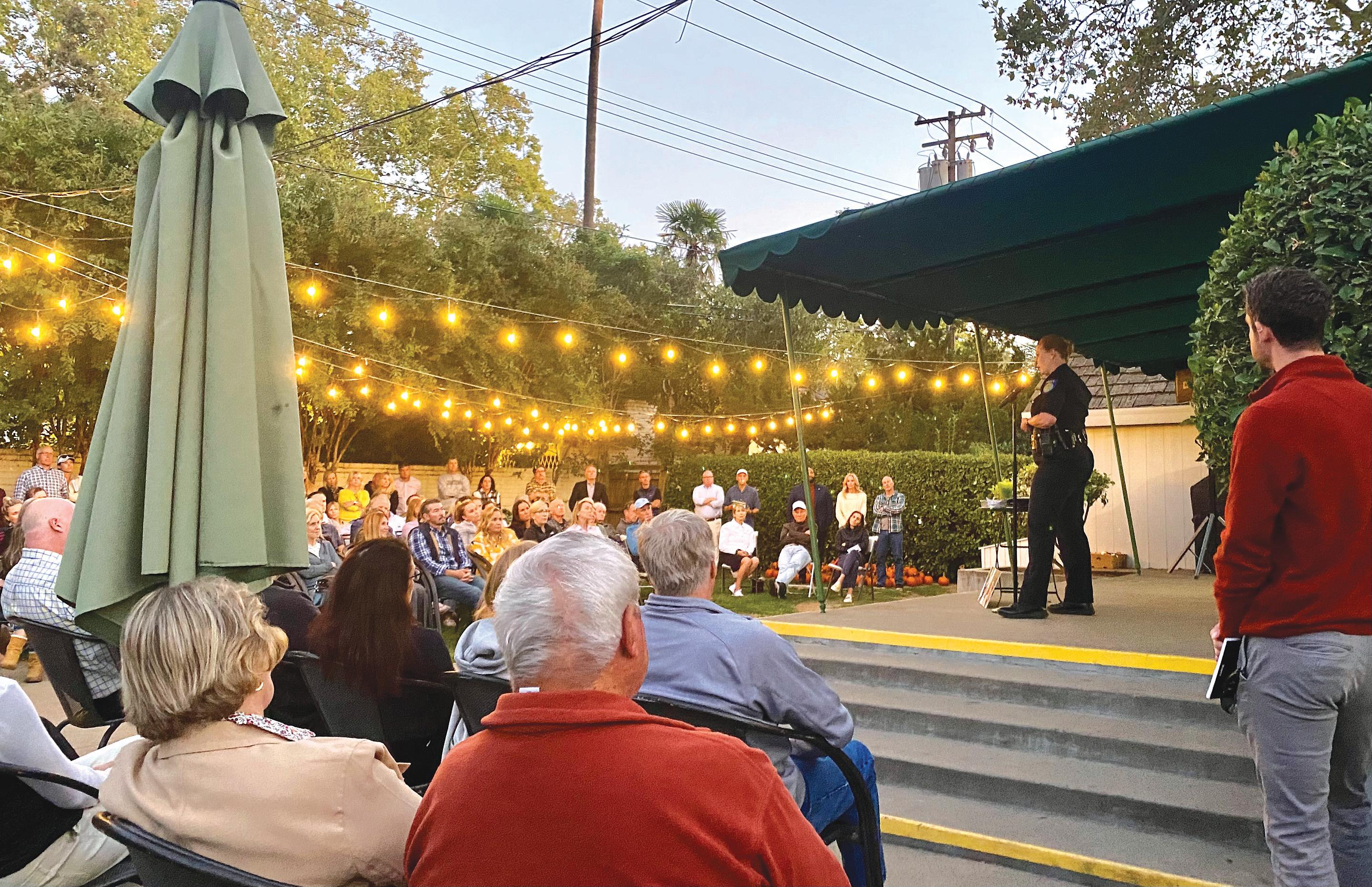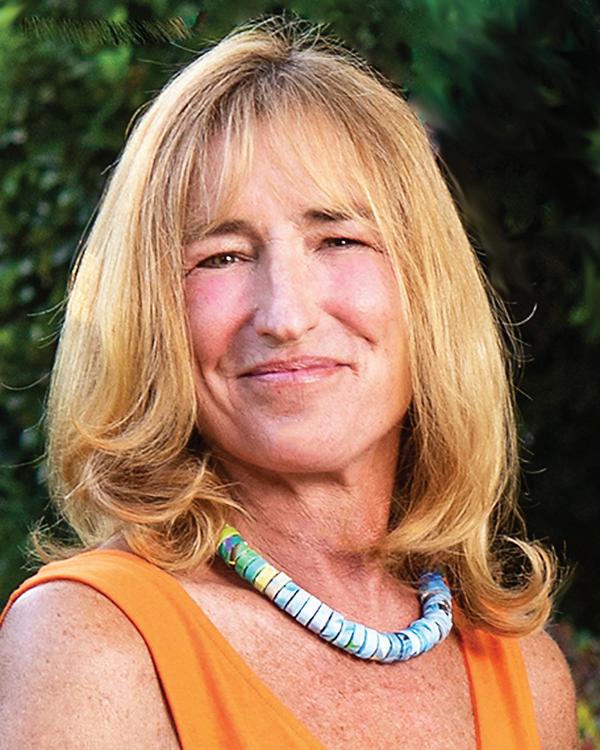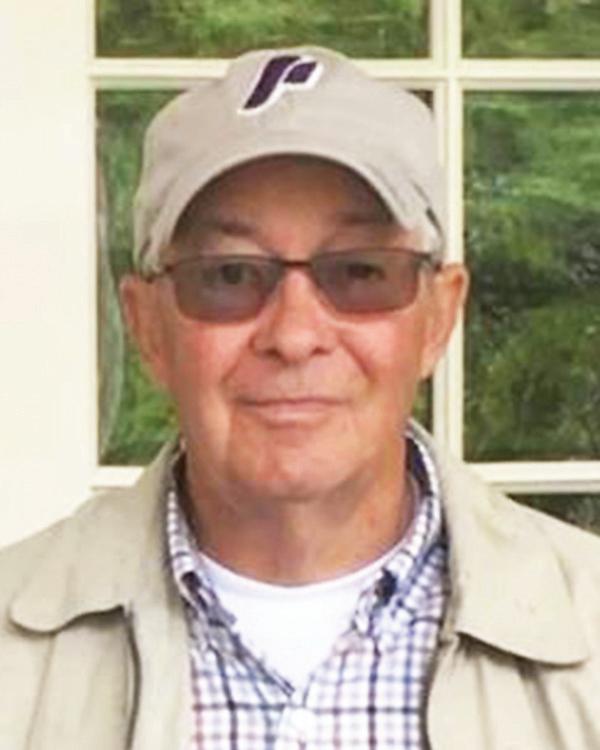
6 minute read
Publisher's Desk
WHO’S NEXT?
COMMUNITY IN FEAR AFTER SUTTER LAWN MURDER

CH CH
By Cecily Hastings Publisher’s Desk
Sacramento Police Chief Kathy Lester speaks to members and neighbors at Sutter Lawn Tennis Club. Photo by Cecily Hastings
News of a murder next to Sutter Lawn Tennis Club arrived as a text message from a friend. My fi rst thought was the location must be confused with the Sutter Club located near the Capitol.
It was no mistake. The unthinkable happened in my neighborhood. An older gentleman was shot in the face with a rifl e. He was on his way to his weekly card game at Sutter Lawn.
In an instant Charles Starzynski joined James Raleigh and Mary Kate Tibbitts as a murder victim in one of our city’s best neighborhoods.
Outgoing City Council member Jeff Harris had a connection to all three victims. “Charlie was a wonderful person,” he says. “I spent innumerable hours in my truck going to work as a general contractor listening to KXPR and Charlie. I didn’t know Mary Kate, but her brother Dan Tibbitts is my friend. James Raleigh was also a very dear friend who was like my blood brother in many ways.
“Their murderers hit home very hard for me and their loved ones. Their lives were all very meaningful and senselessly taking them from us is just tragic. Not to mention that the three killers threw their own lives away forever. It’s just a huge, huge loss all the way around,” Harris says.
Starzynski’s alleged killer was free on a $5,000 bond for felony domestic violence when police arrested him for the East Sac murder. James Raleigh’s alleged killer



was a homeless man who attacked Raleigh outside his Carmichael residence, living just doors away from County Supervisor Rich Desmond, a lifelong friend. Mary Kate Tibbitts was tortured, raped and murdered along with her two dogs in her Land Park home, allegedly by a felon with a long criminal history and an outstanding warrant.
The Sutter Lawn Tennis Club is a historic, century-old, family-friendly neighborhood sports club. We’ve enjoyed membership for three decades.
As the horrible news spread among club members and neighbors, club leaders quickly planned a membership meeting to understand what happened. Before the meeting, dread hung over me. I couldn’t concentrate. I had played tennis there just a few days earlier, 10 feet from the scene of the murder.
When I explained to my husband I was going to the meeting, he became concerned for my safety. I told him I’d be among friends and the police, but it wasn’t unreasonable for Jim to remind me a murder had just occurred in the alley next to the club.
Most members are neighbors. Seeing so many distraught faces was unsettling, especially as these are usually happy, smiling folks having fun.
The meeting was valuable and cathartic. Matt Ryan, who describes himself as someone who “plans to spend the rest of my life in this community,” was the organizer.
Ryan laid out the political timeline. Gov. Jerry Brown signed Assembly Bill 109, known as “public safety realignment,” in 2011, to reduce prison populations. Three years later, voters passed Proposition 47, which decriminalized possession of drugs and theft under $950. In 2016, voters passed Proposition 57, which allowed felons early prison release.
During the pandemic, many counties established zero bail policies, but those orders have been largely rescinded. A state Senate bill to formalize zero bail in California failed in the Assembly in August.
In May 2020, the “Defund the Police” political movement arrived. Shortly thereafter, some elected offi cials pledged to refuse donations from law enforcement associations, such as unions.
“Almost always, policies have good intentions but unintended consequences. I will give the benefi t of the doubt to the past, but let’s not make the same bad decisions again going forward,” Ryan said.
The meeting wasn’t about pointing fi ngers or accusations or falling into acidic discourse. Instead, he said, “I want to foster listening and understanding how this happened. And what it will take policy-wise to stop this from happening in the future.”
The Sutter Lawn meeting fi lled these goals. Police Chief Kathy Lester described tremendous police work behind identifying the suspect within three hours and quickly apprehending him.
But when a retired military offi cer asked about protecting ourselves with guns, Lester was adamant the police could protect us. I don’t fault her. Lester is an exceptional public servant. But if the facts make one thing obvious, it’s this: The police can’t protect us.
Mayor Darrell Steinberg, who often plays tennis at Sutter Lawn, attended the meeting. “I would literally do anything and everything to increase public safety in our city,” he said.
I believe Steinberg probably means well. But his help in passing Measure L last month means about $10 million a year from our city budget will permanently fund the nonprofi t youth services industry, all on the hope that someday our city might be safer.
I respectfully challenge the mayor’s statement that he will “do anything and everything” for public safety. When he had the opportunity to avoid potential future cuts to safety, he caved to political favors and special interests.
Dan Tibbitts spoke from his heart, but it was grounded in the work he has been doing since his sister’s murder. “Politicians who condone this travesty of justice killed my sister, and likely thousands more. Our skyrocketing crime is caused by our elected offi cials, despite everything they claim to be doing to stop it,” he said.
“Law enforcement must be part of any functioning community. Demonization of law enforcement is what we have today. Criminals are smart, hatefully smart,” Ryan said. “When they see and hear the Defund the Police and (no-money pledge) narratives gaining traction, they become emboldened and more brazen. It plays a large part as to why we are here today.”
I agree with Ryan. We all know people who have been victimized. We know terrifi c people who took the opportunity to move on to greener pastures and safer locations. These horrifi c incidents could have happened to anyone.
How many more times do we have to meet and grieve before we try to change our criminal justice policies and try something different?
“All of these ridiculous criminal policies that have proven to make us less safe and more vulnerable and have clearly been an 11-year failure that needs to be changed,” Ryan said at the meeting. “If not now, when?”
Cecily Hastings can be reached at publisher@insidepublications.com. Previous columns can be found and shared at InsideSacramento.com. Follow us on Facebook and Instagram: @insidesacramento. n



FLOWERS DECOR GIFTS TRIMMINGS

FLORALS Fair Oaks Blvd & Munroe










